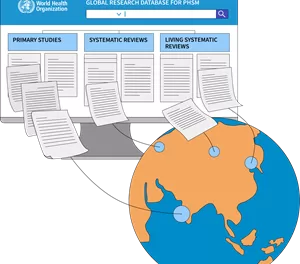
A groundbreaking study has revealed that the carbon footprint of a single hospital bed is approximately equivalent to that of five Canadian households. This study marks the first of its kind to quantify the environmental impact of hospitals. The term “carbon footprint” encompasses the total emissions of greenhouse gases, including carbon dioxide and methane, generated by human activities.
Researchers from the University of Waterloo conducted an in-depth analysis of a hospital in British Columbia over its fiscal year in 2019. They identified energy consumption, water usage, and the procurement of medical supplies as the primary contributors to the hospital’s environmental impact. These factors accounted for over half of the annual carbon footprint, totaling between 3500 and 5000 tons of carbon dioxide (CO2) equivalent.
Published in the Journal of Industrial Ecology, the study employed a meticulous approach to calculate the carbon footprint. It involved evaluating thousands of distinct products procured by hospitals and utilizing a combination of statistical sampling and carbon intensity calculations (CO2 equivalent per dollar spent) for the sampled items.
Alex Cimprich, a postdoctoral fellow in the School of Environment, Enterprise, and Development, commented, “In our work, we often discover that the most significant environmental footprints are found where they are least expected. As the saying goes: ‘out of sight, out of mind.’ The objective is to bring hidden environmental impacts to light so that we can begin managing them.”
The findings indicate that sustainability initiatives within hospitals must delve deeper to achieve substantial reductions in emissions. While aspects like patient and product transportation, as well as hospital waste, are visibly concerning in terms of environmental impact, less conspicuous areas such as the supply chains of medical products could have even more substantial environmental footprints.
This novel methodology provides an unprecedented level of comprehensiveness and granularity to data on hospital emissions. This empowers administrative leaders to discern which improvements to prioritize in order to fulfill their environmental commitments.












